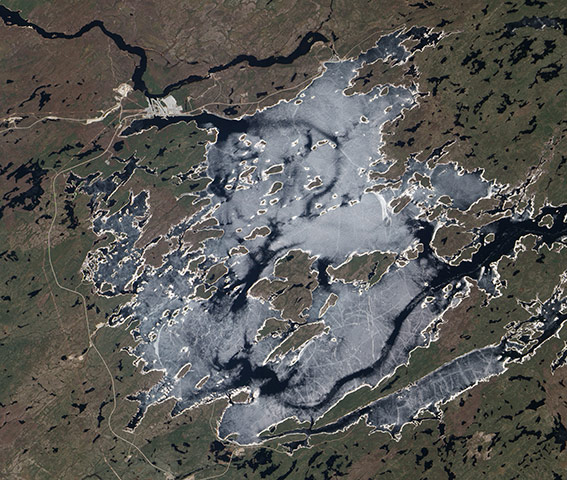
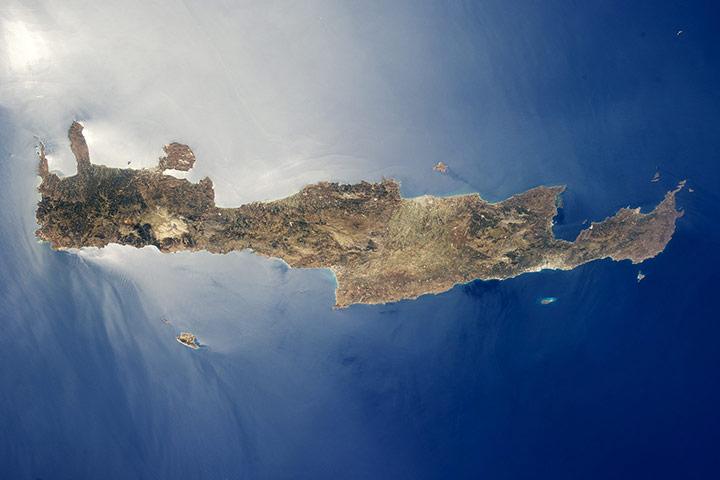
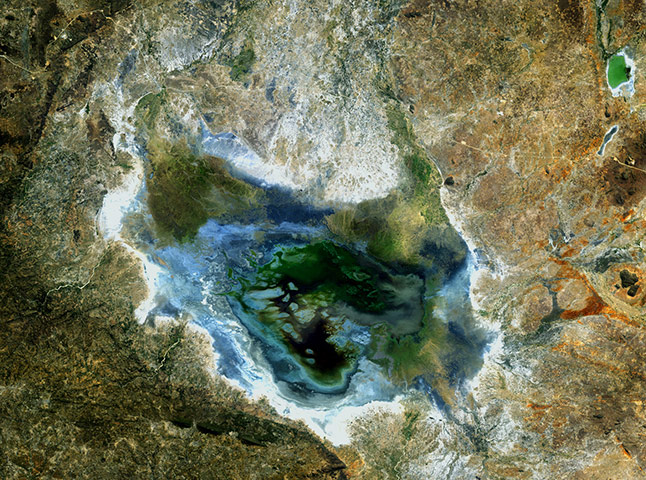
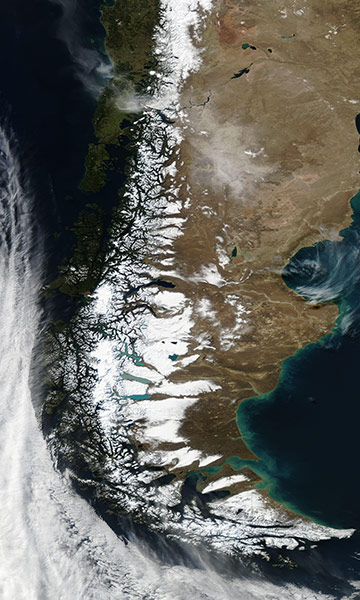
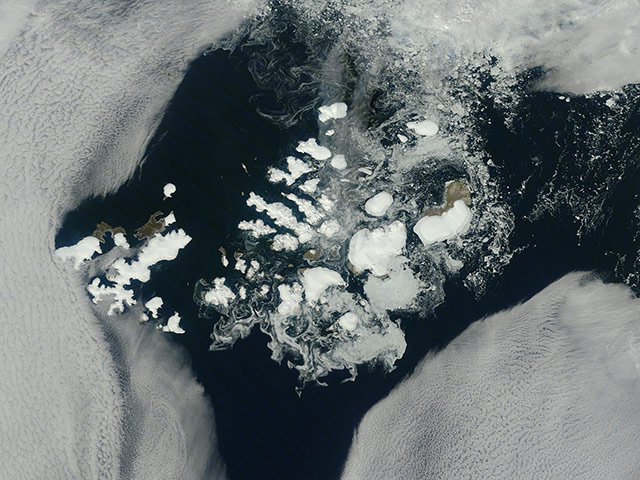
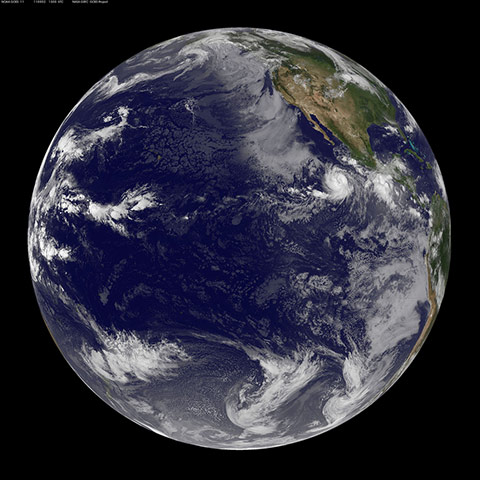
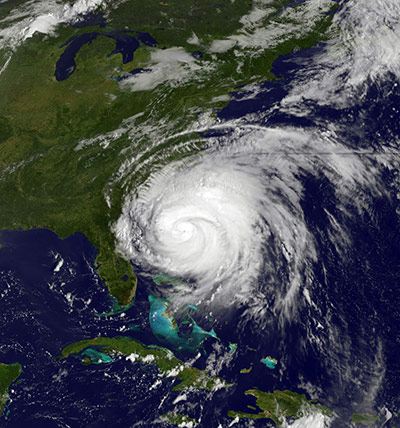
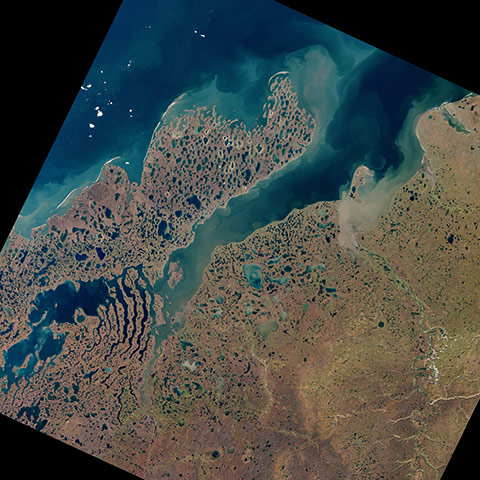
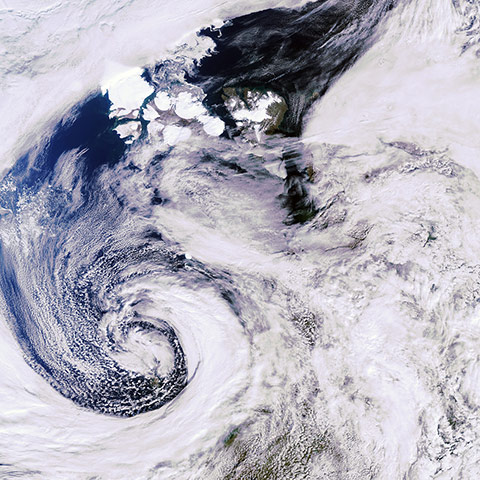
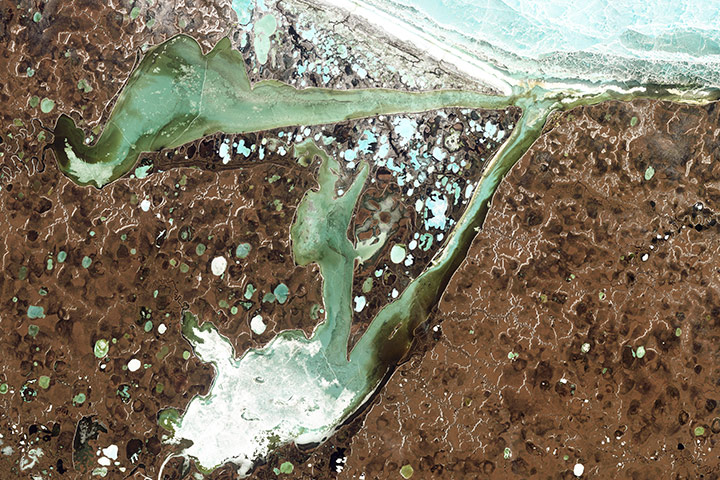
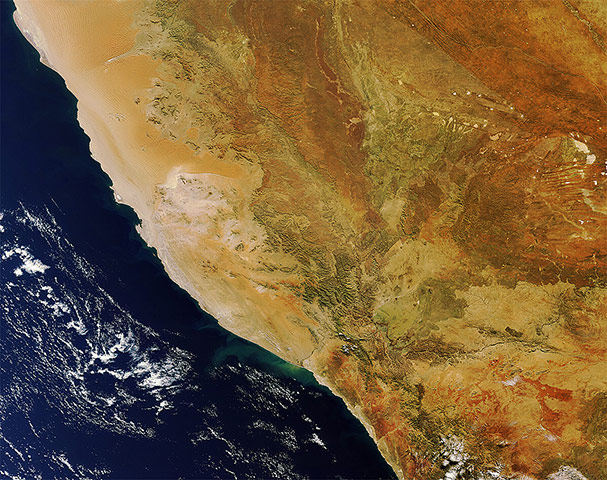
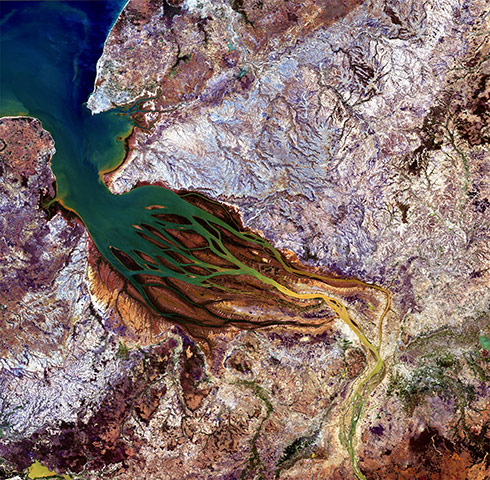
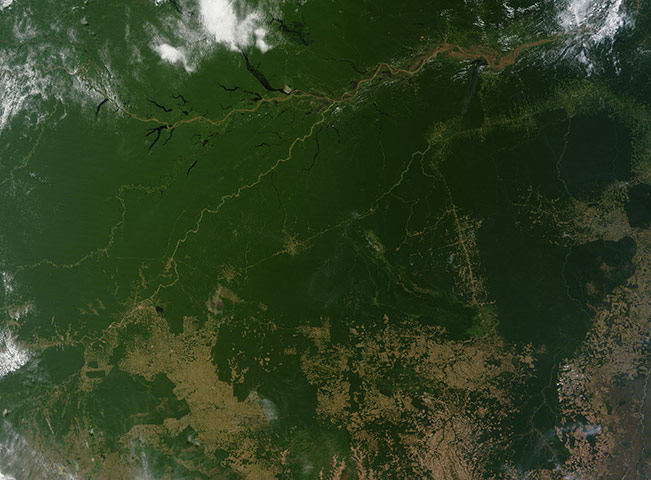
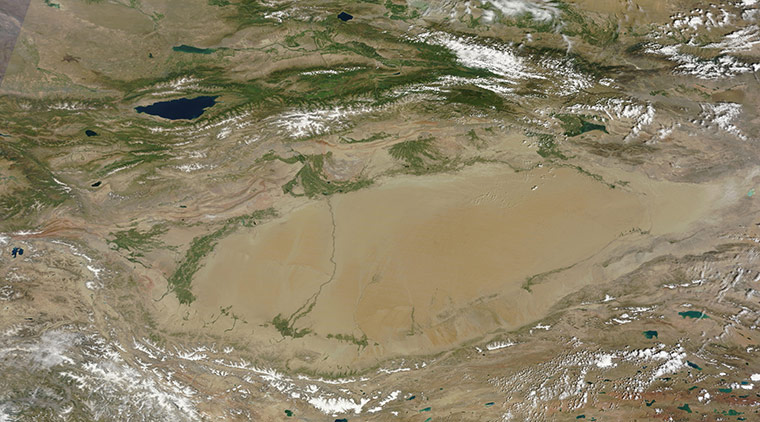

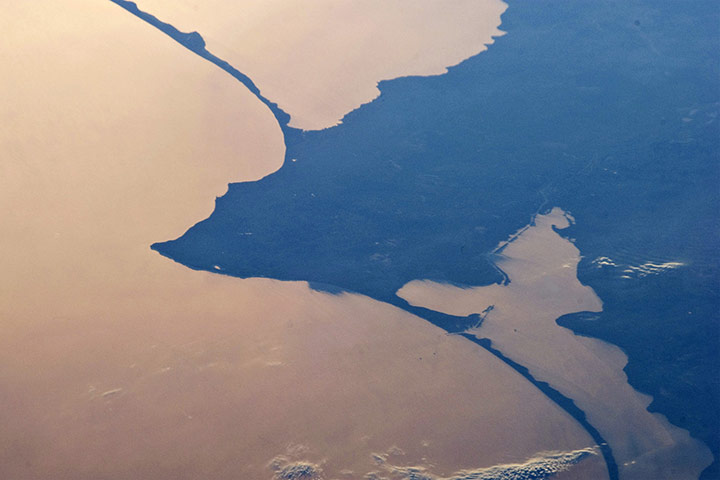
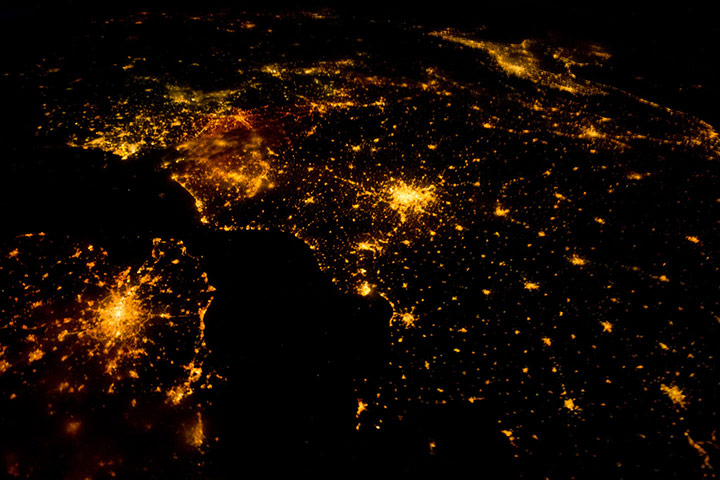
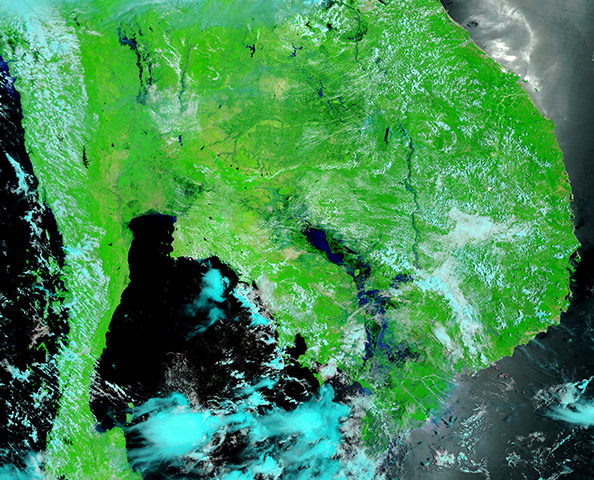


















The GuardianTramp

A rainbow-like 'glory', wildfire clouds and Africa's highest mountains
05, Jul, 2012 @10:33 AM

Cloud vortices, salt flats, superstorms and desert wetlands were among the images captured by European Space Agency and Nasa satellites last month
09, Nov, 2012 @6:00 AM

Ice islands in the Atlantic, blocked river valleys in Pakistan and salt lakes in the outback were among the images captured by Nasa satellites last month
10, Oct, 2011 @11:56 AM

Barrier islands in Brazil, volcanic ash clouds in Chile and mineral mining in China were among the images captured by Nasa satellites last month
12, Jul, 2011 @10:55 AM

Record-breaking snow storms, anticyclone cloud formations and sculpted sand dunes were among the images captured by Nasa satellites during December
04, Jan, 2010 @12:14 PM
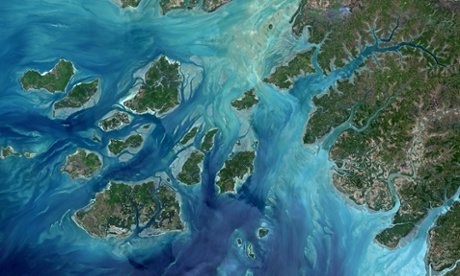
03, Feb, 2014 @1:18 PM

Grinding glaciers, serpentine cloud shapes and snow-covered deserts were among the images captured by European Space Agency and Nasa satellites last month
12, Feb, 2013 @7:00 AM

Pollution over Bangladesh, severe winter storms and a heart-shaped coral atoll were among the images captured by Nasa satellites last month
02, Mar, 2011 @3:21 PM

Tornadoes in the US, volcanoes in Iceland and fires around the globe were among the images captured by Nasa satellites last month
07, Jun, 2011 @1:48 PM

Volcanoes' snow-covered peaks, India lit up by Diwali lights, and damage from superstorm Sandy were among the images captured by European Space Agency and Nasa satellites last month
10, Dec, 2012 @12:26 PM